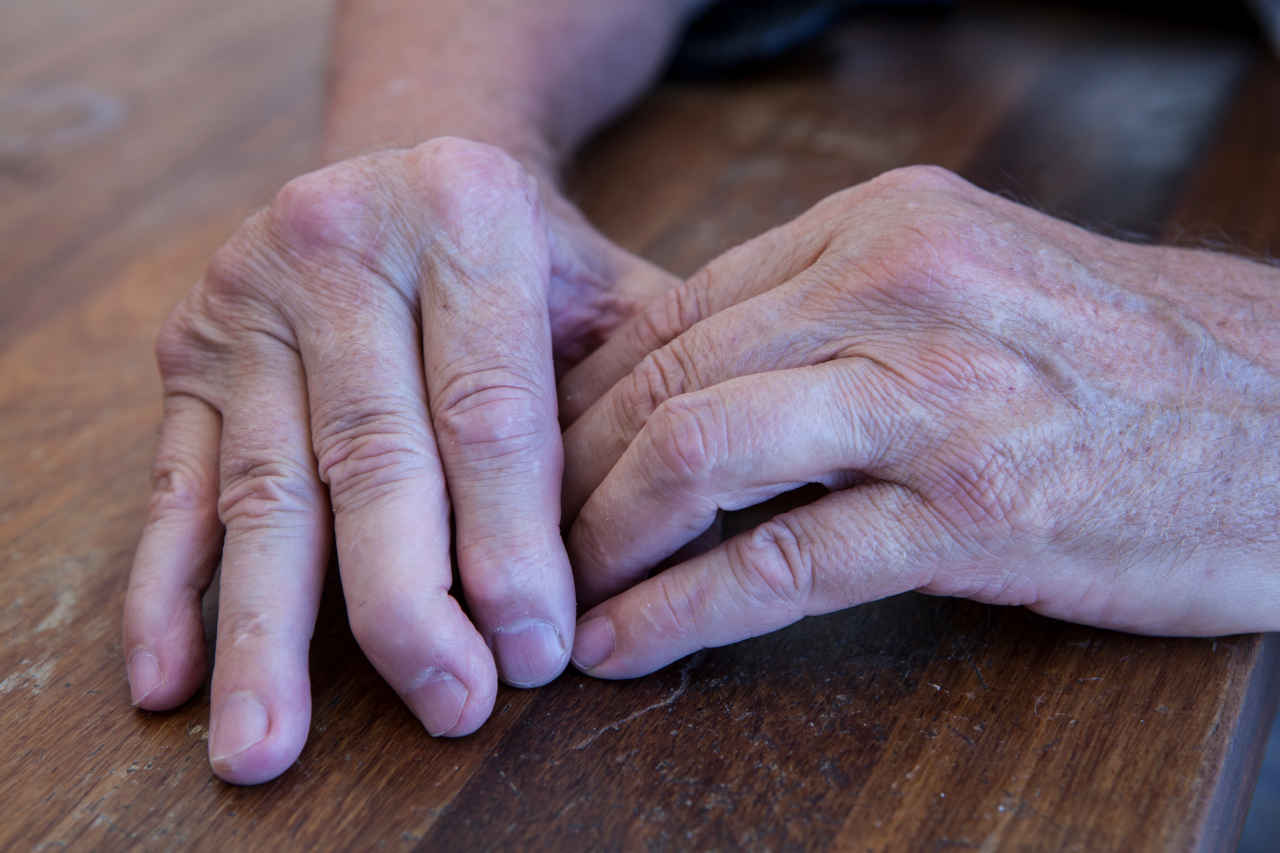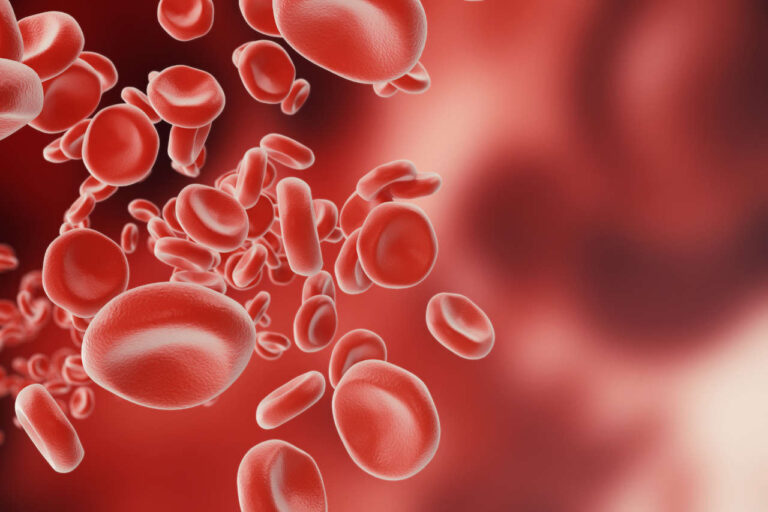
Taltz is an injectable medicine that contains the active ingredient, “ixekizumab.” This prescription medicine was initially licensed by the FDA in 2016 for the treatment of certain autoimmune disorders, specifically psoriatic arthritis and ankylosing spondylitis in adults, and plaque psoriasis in adults and children 6 years and older.
Taltz is a biologic treatment, which means it is created from live cells. It is a member of the drug family known as interleukin inhibitors, which function by inhibiting certain proteins in the body that contribute to inflammation and immune system response.
Taltz is only available with a doctor’s prescription and is available as a sterile liquid that is commonly delivered by injection or infusion.
Is There a Generic Available for Taltz?
There is currently no generic equivalent of Taltz available on the market. The medication is still under patent protection.
What Is Taltz Used To Treat?
Taltz has been approved by the FDA to treat moderate to severe plaque psoriasis (in adults and in children 6 years and older). It is also licensed for the treatment of psoriatic arthritis and ankylosing spondylitis in adults.
How Does It Work?
Taltz contains an active component, “ixekizumab,” which is a monoclonal antibody. Monoclonal antibodies are proteins that replicate the function of naturally existing antibodies in the body. Taltz works by targeting an immunological protein called interleukin-17A (IL-17A), a proinflammatory cytokine that induces inflammation in autoimmune disorders.
Taltz reduces IL-17A activity and hence helps to lessen the inflammation and immune system response that contribute to illnesses. This can result in fewer symptoms such as joint discomfort, edema, and skin sores.
How Long Does Taltz Take To Work?
The time it takes for Taltz to start working varies depending on the patient’s response to the medication.
For psoriasis, some patients may start to see improvement in their skin symptoms within the first few weeks of treatment, while for others, it may take up to 12 weeks to see a significant improvement. In clinical studies, Taltz has been shown to be effective in reducing the severity of psoriasis symptoms in as little as 4 weeks.
Taltz may take longer to start working for psoriatic arthritis and ankylosing spondylitis. A considerable improvement in joint pain, edema, and stiffness may take up to 16 weeks. Some patients, however, may receive relief from their symptoms sooner.
How Is Taltz Given?
Taltz is typically administered as a subcutaneous injection, which is injected under the skin. It is normally administered every 4 weeks.
Taltz Dosage Form and Strength
Taltz is available in two dosage forms (single-dose prefilled syringe and autoinjector) with 80 mg/ml concentration (strength).
Dosing Information
Taltz dose will be determined by the patient’s weight, the condition being treated, the severity of the condition, and the patient’s particular response to the medicine. The suggested doses for adults and children aged 6 and up are as follows:
Dosage for adults with plaque psoriasis
Taltz’s initial dose is 160 mg (two injections of 80 mg) given at the start of treatment, followed by doses of 80 mg at weeks 2, 4, 6, 8, 10, and 12, and then a monthly dose of 80 mg every 4 weeks.
Dosage for pediatric patients (6 and older) with plaque psoriasis
- For pediatric patients weighing > 50 kg, the usual dose is 160 mg (two injections of 80 mg) given at the start of treatment, followed by an 80 mg maintenance dose every month (4 weeks).
- For pediatric patients weighing 20 – 25 kg, the usual dose is 80 mg given at the start of treatment, followed by a 40 mg maintenance dose given every month (4 weeks).
- For pediatric patients weighing < 25 kg, the usual dose is 40 mg given at the start of treatment, followed by a 20 mg maintenance dose every month (4 weeks).
Dosage for adults with active psoriatic arthritis
Taltz’s standard starting dose is 160 mg (two 80 mg injections) given at the start of treatment, followed by an 80 mg maintenance dose every month (4 weeks).
Dosage for adults with active ankylosing spondylitis
Taltz’s standard starting dose is 160 mg (two 80 mg injections) given at the start of treatment, followed by an 80 mg maintenance dose every month (4 weeks).
When using Taltz, it is critical to follow your healthcare provider’s instructions and to contact them if you have any questions or concerns.
Is Taltz a Form of Chemotherapy?
No, Taltz is a biological therapy used to treat inflammatory conditions.
Possible Side Effects of Taltz

Taltz, like any medicine, may produce mild to severe side effects in some people. The following are the most prevalent side effects that 1 in 10 patients may experience:
- Fungal skin infections
- Injection site reactions such as pain, swelling, or redness
- Nose, throat, or chest infection
Less common but more serious side effects may include:
- Allergic reactions, including anaphylaxis (a severe and potentially life-threatening allergic reaction)
- Crohn’s disease or ulcerative colitis
- Serious infections, including tuberculosis (TB) and other opportunistic infections
It is critical to notify your healthcare practitioner if you suffer any negative effects while taking Taltz. They can assist you in managing the adverse effects and determining whether further examination or treatment is required.
Precautions
Before starting Taltz, you should talk to your doctor about your medical history and any current medications you are taking. Some precautions and considerations for taking Taltz include:
- Infections: Testing for tuberculosis (TB) prior to beginning therapy is crucial because Taltz can raise the risk of severe infections, including TB. Moreover, Taltz should be avoided if you have a history of chronic or recurrent infections.
- Vaccinations: When taking Taltz, you should avoid live vaccines and talk to your doctor before getting any more vaccinations.
- Immunocompromised status: Taltz may not be appropriate for individuals with certain medical conditions that affect the immune system, such as HIV or cancer.
- Allergic reactions: Notify your doctor if you have had an allergic reaction to any of Taltz’s ingredients.
- Pregnancy and breastfeeding: The safety of Taltz during pregnancy and breastfeeding is not well established, and it should be used with caution.
Furthermore, regular monitoring and follow-up with your healthcare provider are important to ensure the medication works effectively and to manage any potential side effects or complications.
Cost
Taltz is a relatively expensive medication that may not be covered by all insurance policies. Taltz subcutaneous injectable medication (80 mg/ml) is expected to cost roughly $6,945. Prices can also vary depending on the pharmacy you visit.
REFERENCES:
- US Food and Drug Administration (FDA): Taltz Prescribing information. https://www.accessdata.fda.gov/drugsatfda_docs/label/2021/125521s014lbl.pdf
- European Medicine Agency (EMC): Taltz Prescribing information: https://www.ema.europa.eu/en/medicines/human/EPAR/taltz
- Biologic Injection Medication | PsO, PsA & axSpA | Taltz® (ixekizumab). (n.d.). https://www.taltz.com/
- Ixekizumab(Taltz). (n.d.). https://www.rheumatology.org/I-Am-A/Patient-Caregiver/Treatments/Ixekizumab-Taltz












